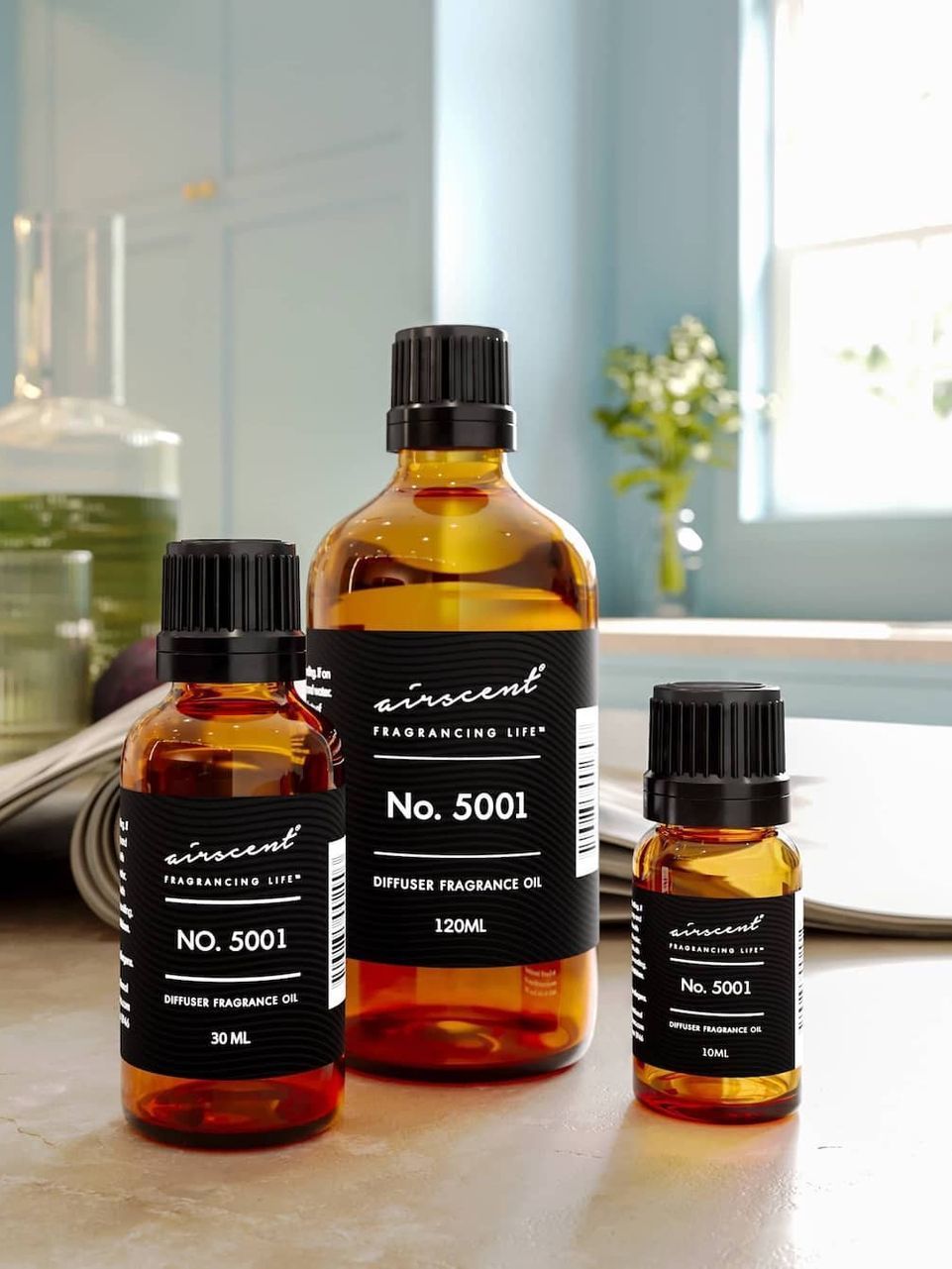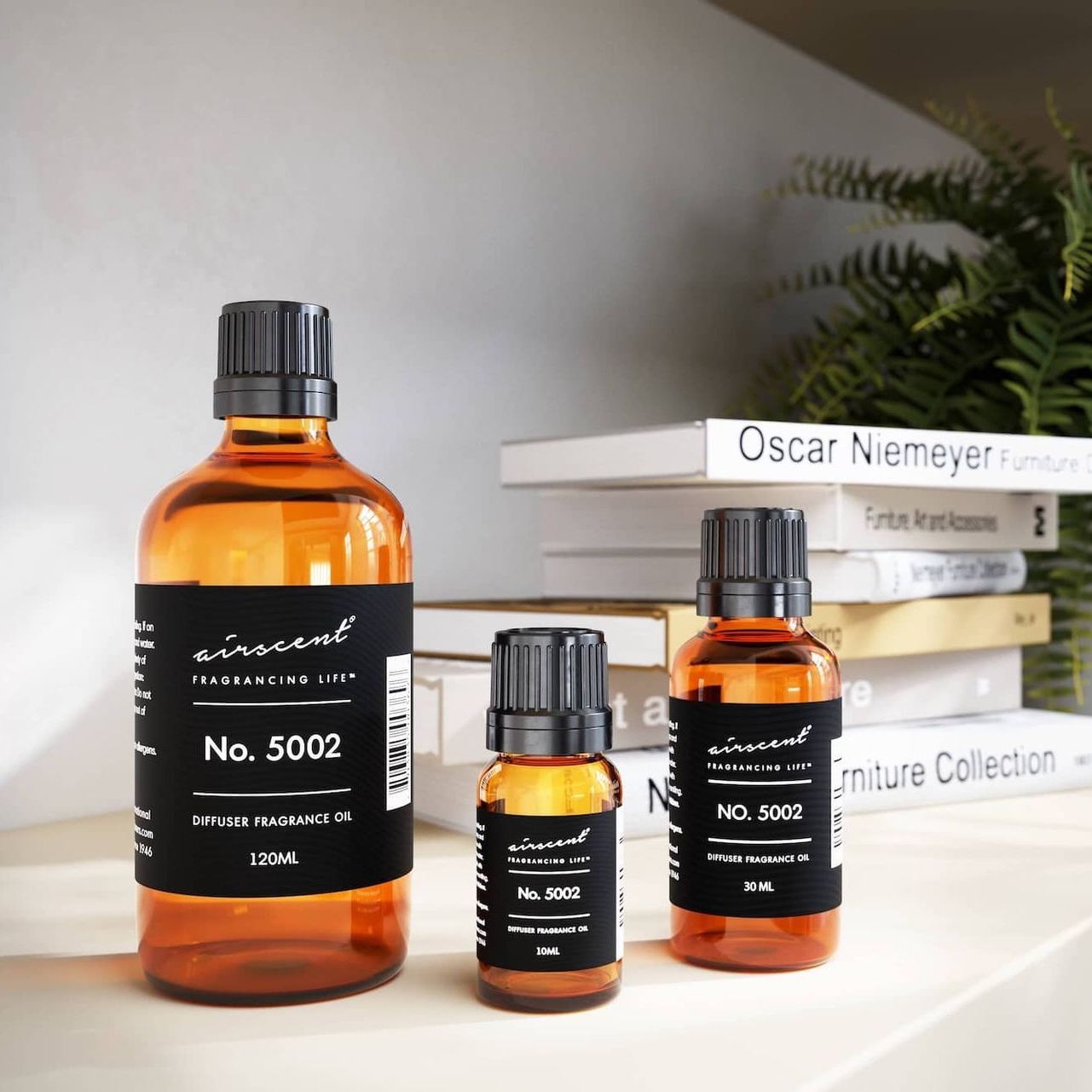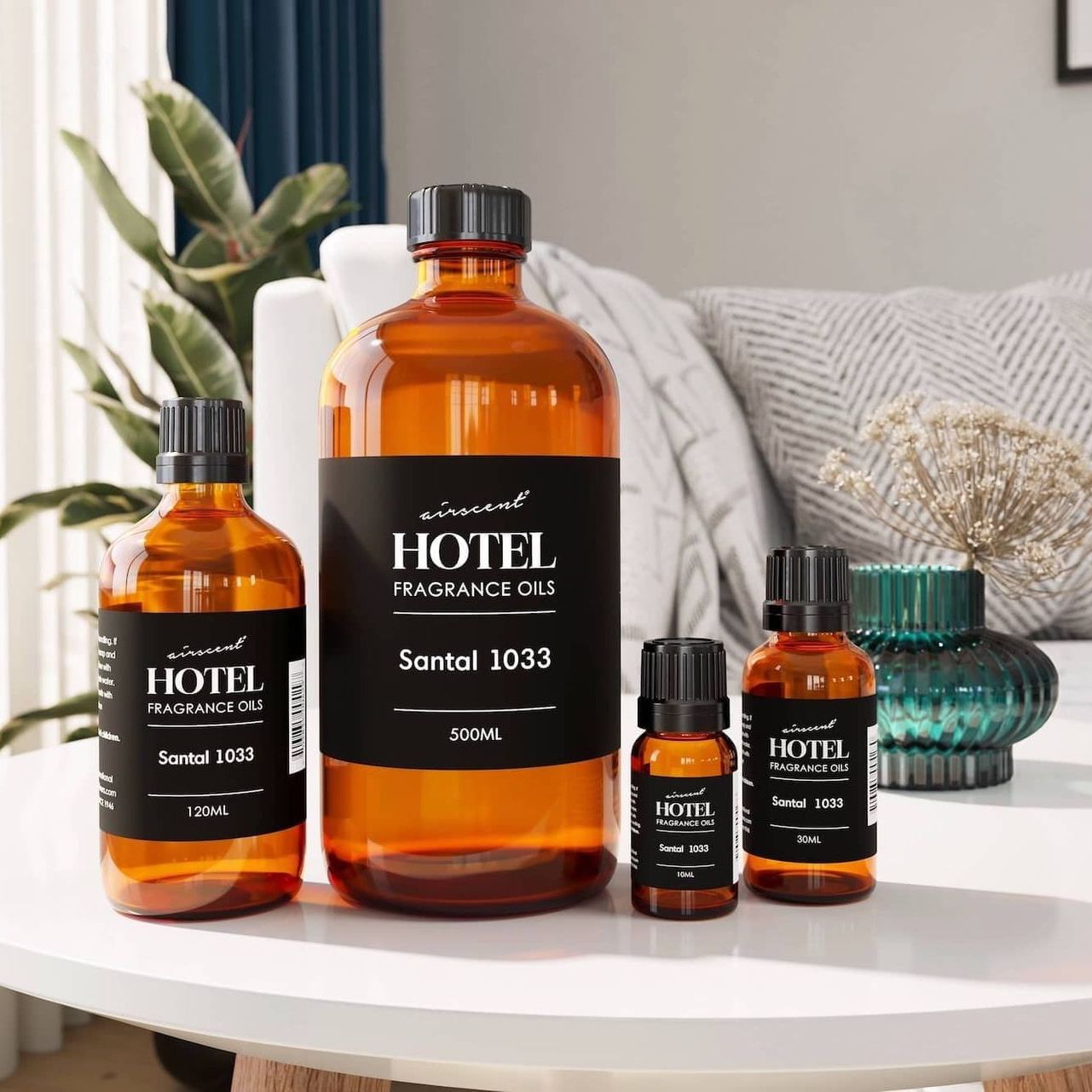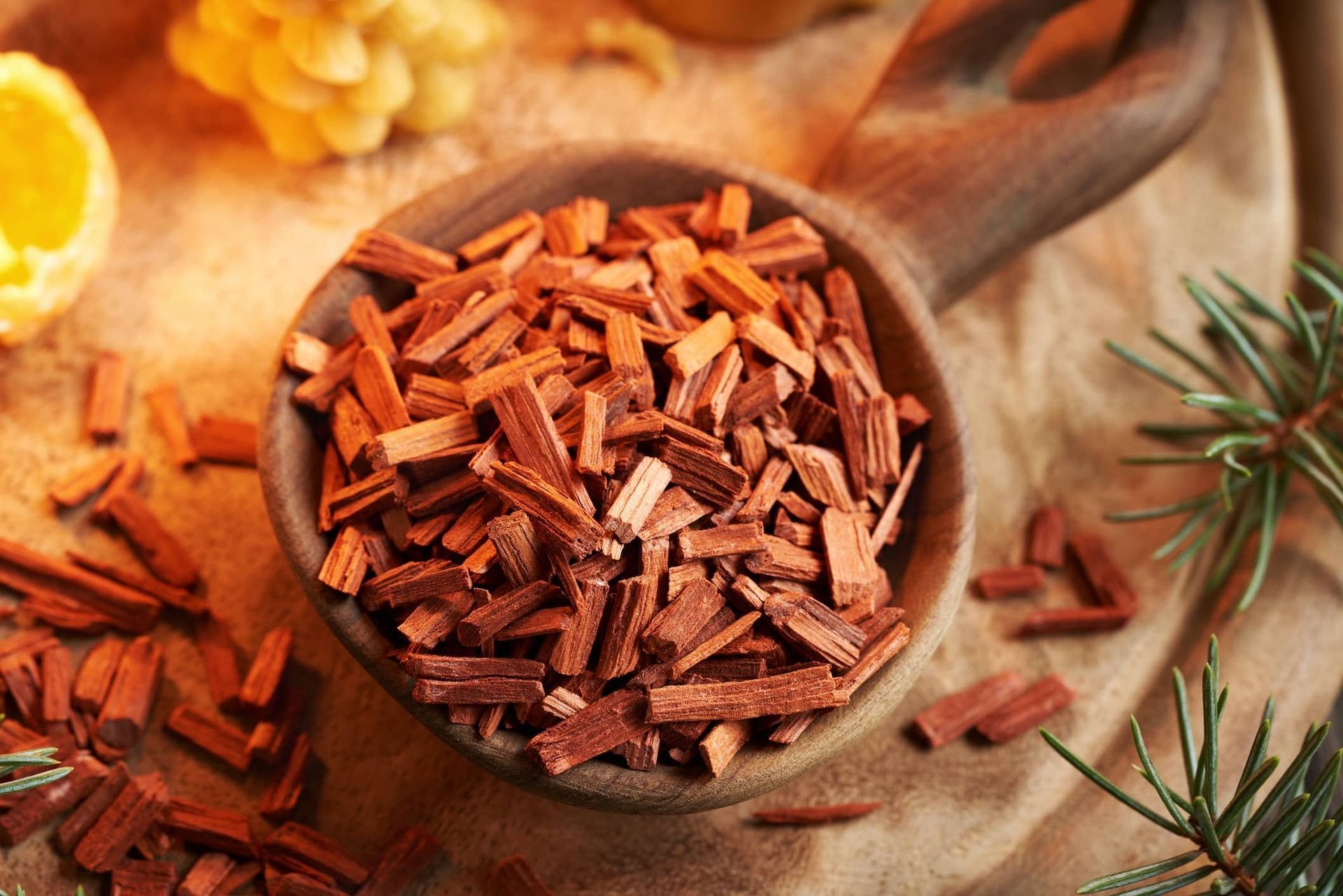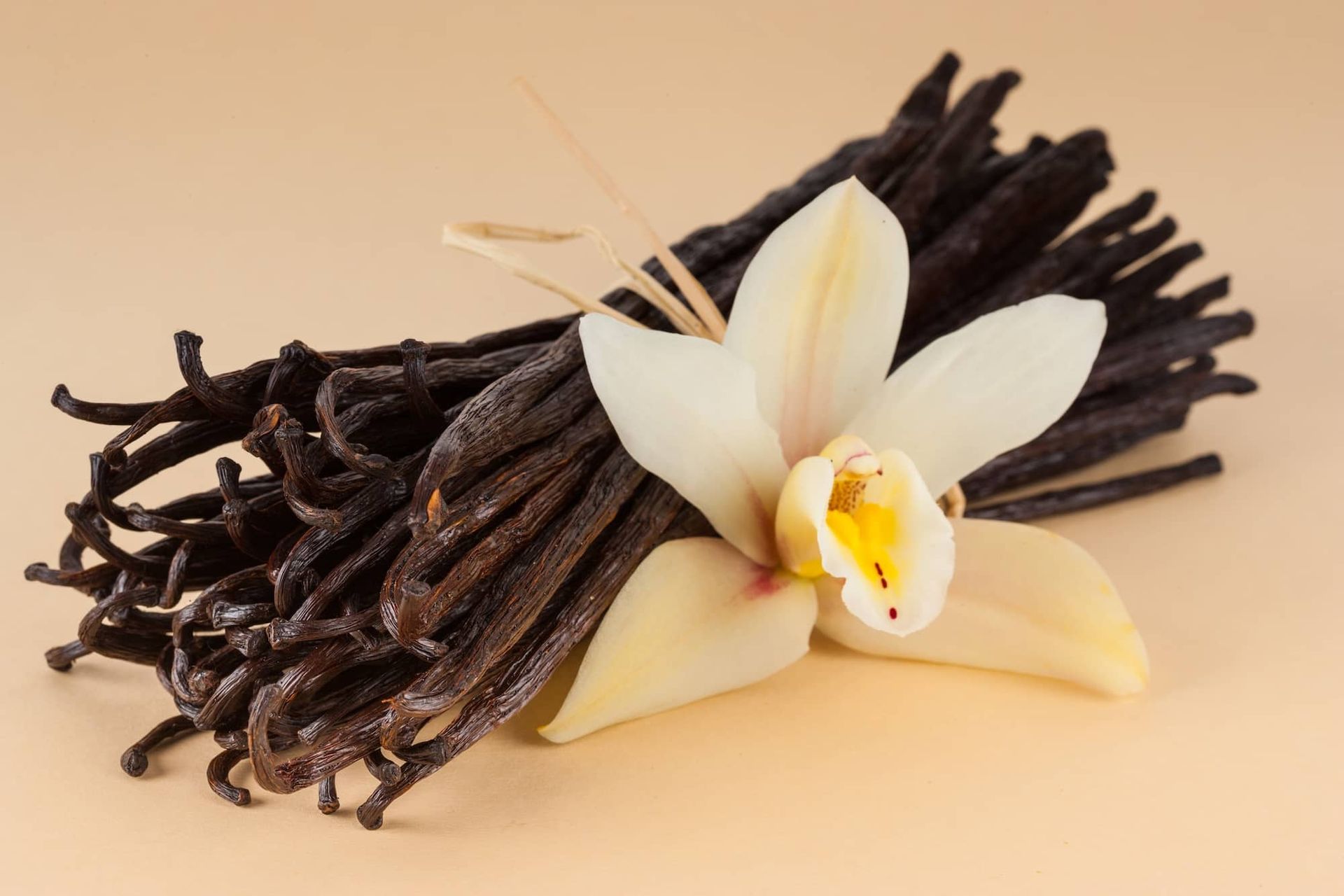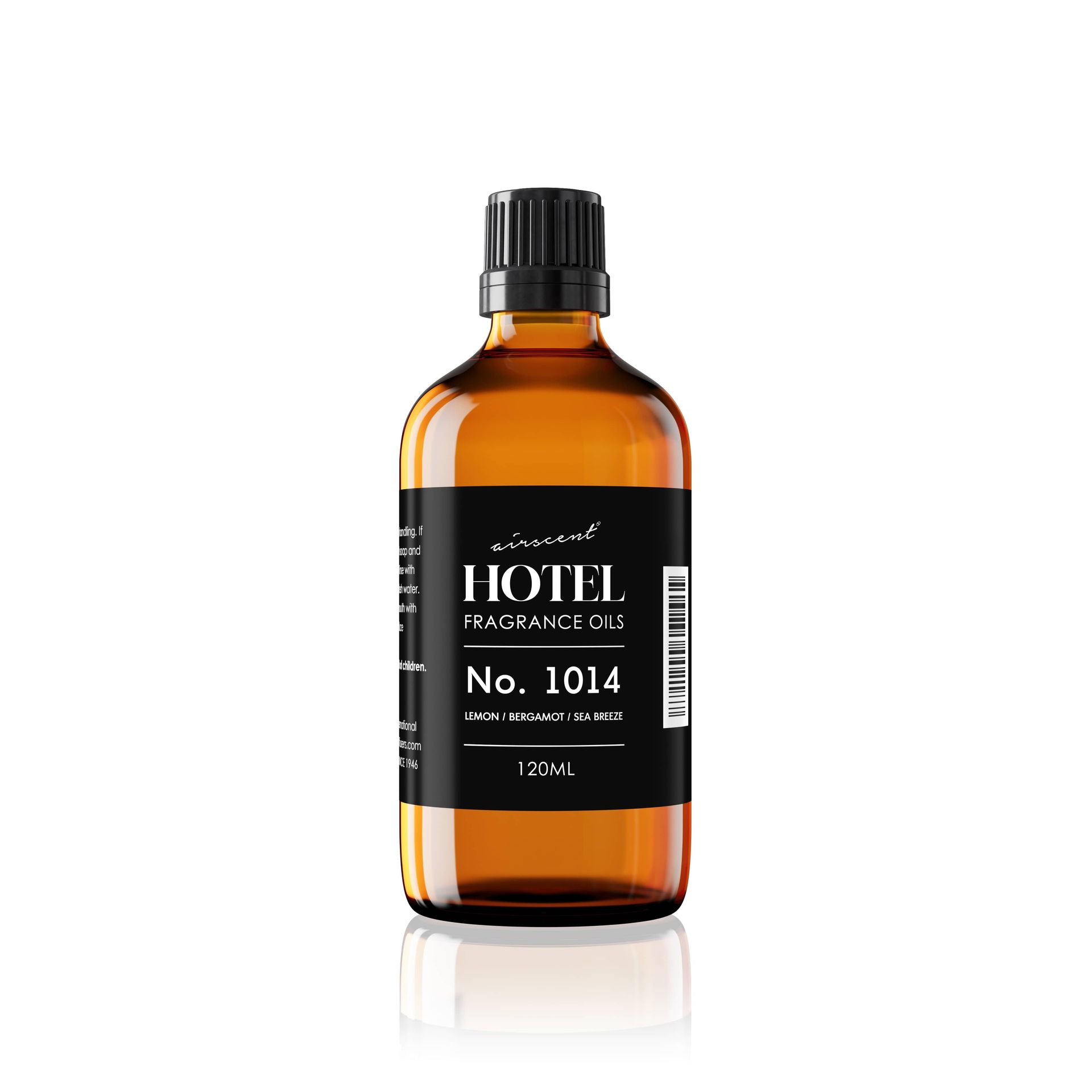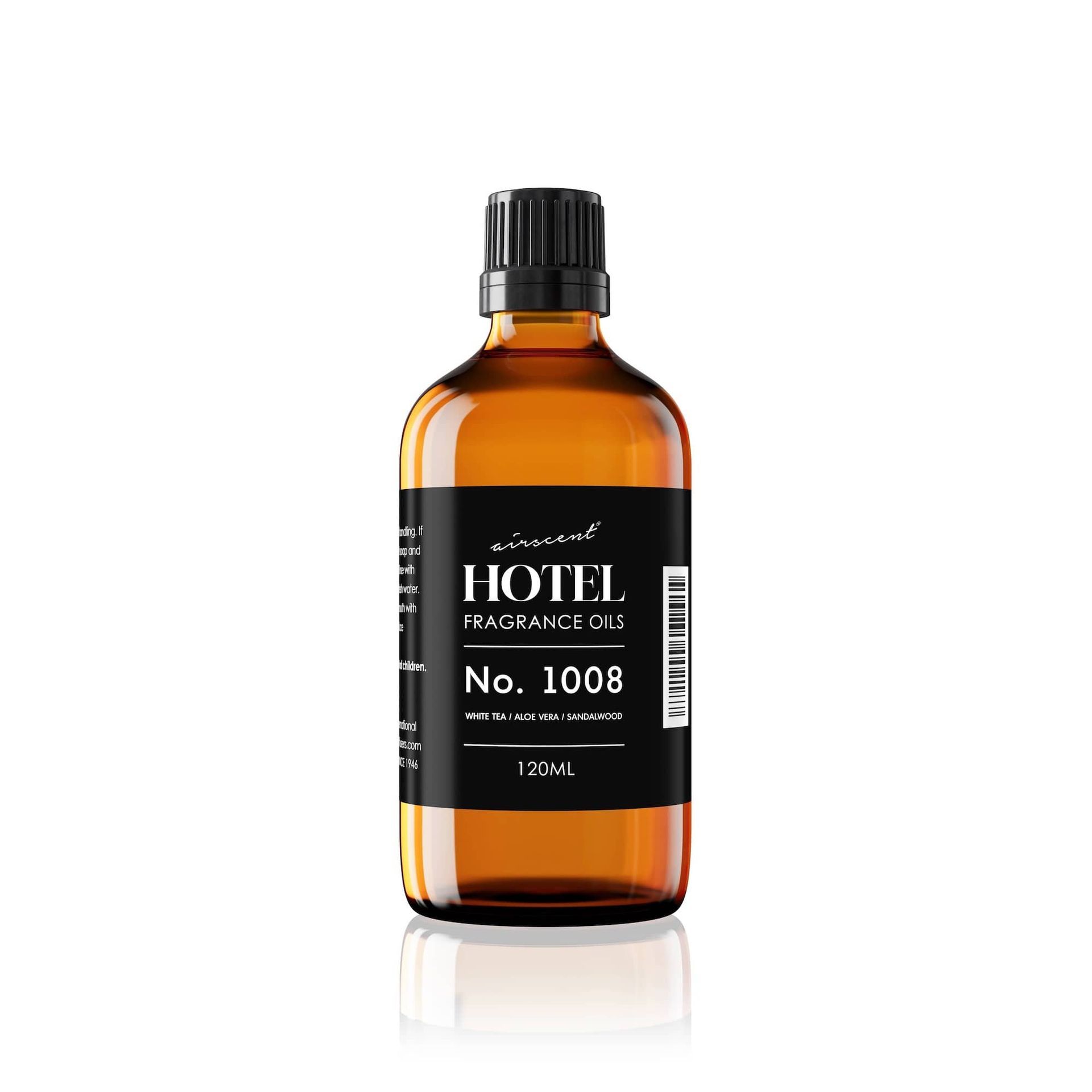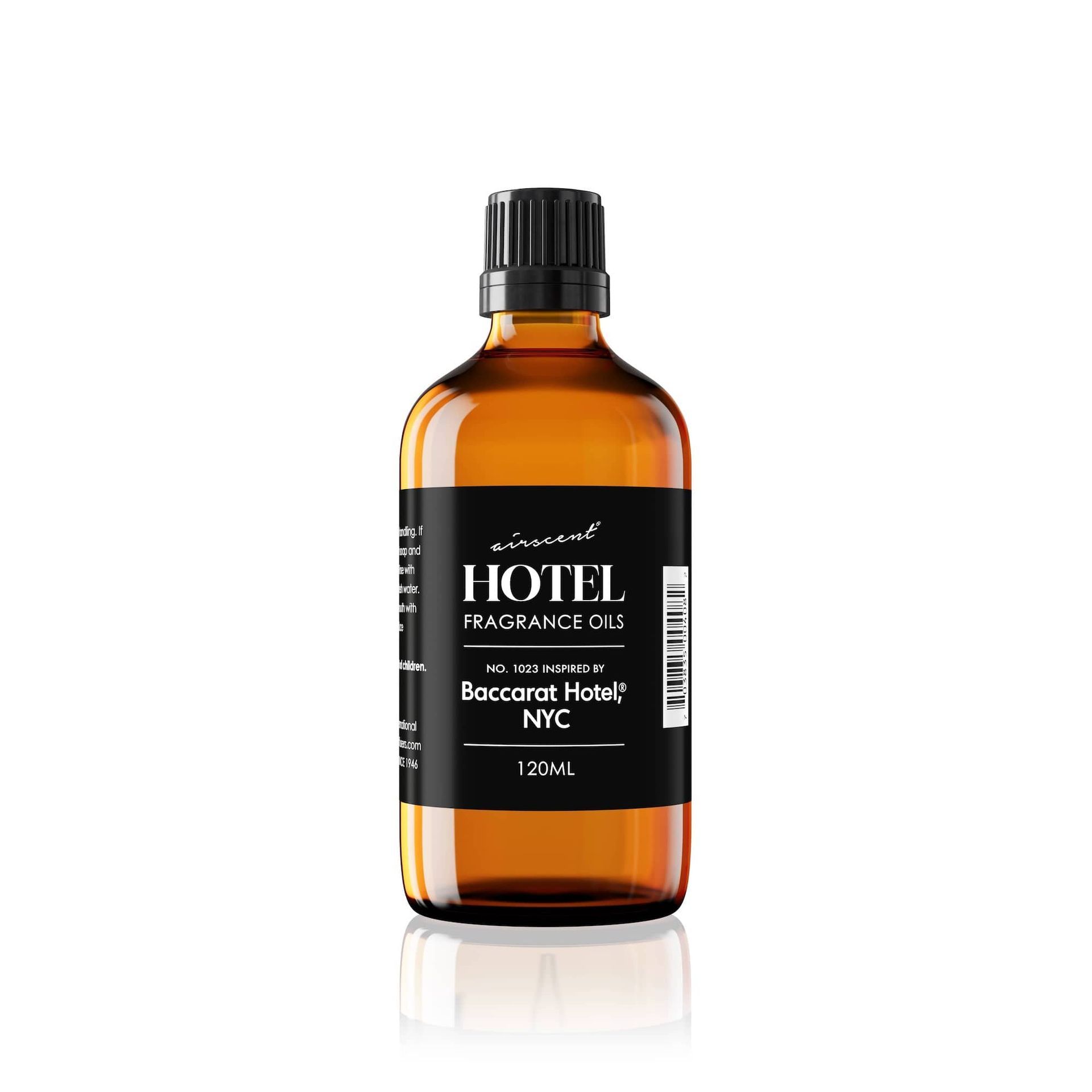6 Reasons DIY Perfume Makers Opt For AirScent Fragrance Oils
Creating your own perfume at home is a deeply empowering and creative art form, allowing crafters to design fragrances that reflect personal style or evoke cherished memories.
The key to crafting stunning, long lasting scents lies in choosing high-quality fragrance oils, and our perfumers deliver exceptional options.
As a fourth-generation fragrance manufacturer based in Pittsburgh, PA, we produce highly concentrated, multi-layered fragrance oils.
Our blends offer vibrant, complex notes—from floral and citrusy to woody and musky—unlocking endless possibilities for professional-grade perfumes.
Each bottle bursts with rich aromas that elevate creations, ensuring they linger beautifully.
Our team unpacks six enticing reasons why more and more perfume crafters are choosing our highly concentrated, pure, and versatile oils to craft long-lasting, unique scents.
Start your fragrant journey today!
Briefly, Where Did Perfume Come From?
Learning how to make perfume requires a deep respect and knowledge about how perfume evolved in the modern world.
Fragrance has a storied, glorious history dating back to the golden Age of the Pharaohs in ancient Egypt.
This highly advanced civilization found uses for scent in everything ranging from religious and burial ceremonies and preparations to everyday attire.
Perfume was further refined by the Romans, Greeks, Chinese, Persian and Arab cultures where it was massively produced and appreciated.
New and exciting ingredients became treasured commodities along the trade routes of the known world that extended as far way as the Middle East, China and India.
Modern perfumery evolved in the late 1700s in France and reached a peak during the Industrial Revolution of the mid 19th century, which brought about the introduction of synthetic ingredients which made perfume more accessible to the public.
Today, the art of perfume manufacturing has become a multi-billion dollar industry globally, and the scientific process of making perfume has undergone many refinements and improvements down through the passage of time.
The Importance of Patience and Practice
When you don’t know anything, it can be difficult to find the beginning of any endeavor without some help.
Start out with accepting the fact that perfume is an art form that will take time and no one is ever perfect at anything on the first try (Thomas Edison once remarked that he spent an entire day finding 27 ways not to make light.)
Don’t put a time limit on yourself to become an expert, and remember that old joke about how you get to Carnegie Hall.
The answer is “practice.” An open mind also helps because others may not like a scent that you care for and vice versa.
Don’t be afraid of failure. It is inevitable while traveling the long and often arduous road of trial and error.
Understanding The Notes Of Perfumery
The hierarchy of perfume notes can be compared to steps along a fragrant ladder, which leads to successful product composition.
On the first few rungs, sit the top or head notes which are the most volatile. They are light, and fresh.
These include: complex bergamot, cool and minty eucalyptus; uplifting grapefruit; sweet anise; fresh, clean lemon; sharp lime, lush mandarin; potent spearmint; brisk peppermint; tangy, zesty sweet orange and sugary, subtle pettigrain.
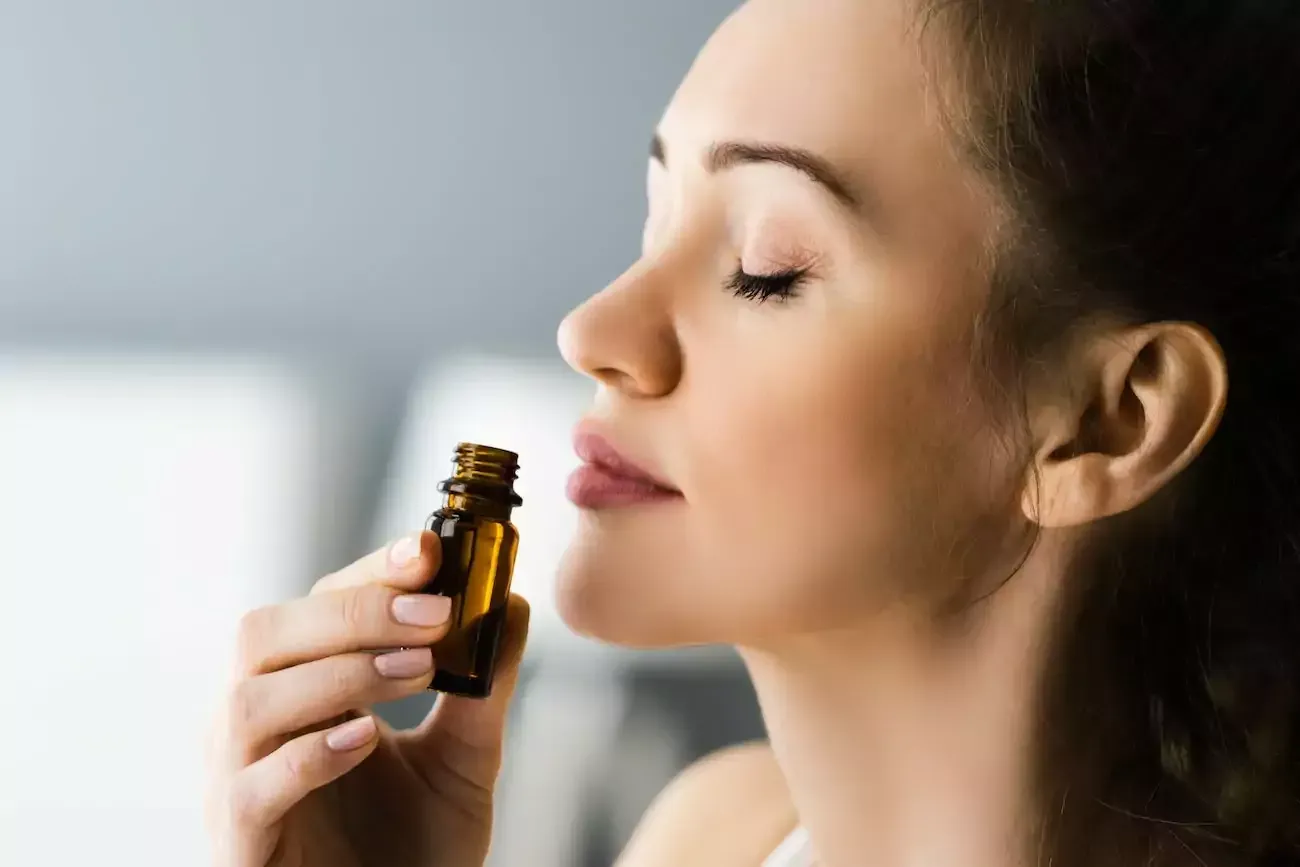
Heart notes form the middle body of the fragrance ladder and they appear after the top elements have faded.
These include: biting black pepper; green, musky Angelica; refreshing, spicy and honeyed Bay; woody, resinous Cardamom; warm, fruity Chamomile, piney, slightly smoky Cypress; fiery, sweet Clary Sage; rosy, green Geranium; smooth, mellow Lavender; grassy, sugary and minty Lemon Balm; light, bitter Neroli, rose-nuanced Palmarosa, woody, refreshing Pine, dreamy, musky Red Rose and woody, sharp Rosemary.
Along the last few steps flow the base notes, which are rich and dense and linger the longest of all the others.
They prolong the fragrance by serving as fixatives to the lighter notes.
Some of these include scents such as: smooth, sweet Benzoin; earthy, dry Carrot Seed; dry, balsamic Cedarwood, musty, spicy and earthy Frankincense, intense Jasmine, warm, aromatic Myrrh, potent, dark Patchouli, creamy, smooth
Sandalwood, lush
Vanilla, powdery Violet and erotic, rich Ylang Ylang.
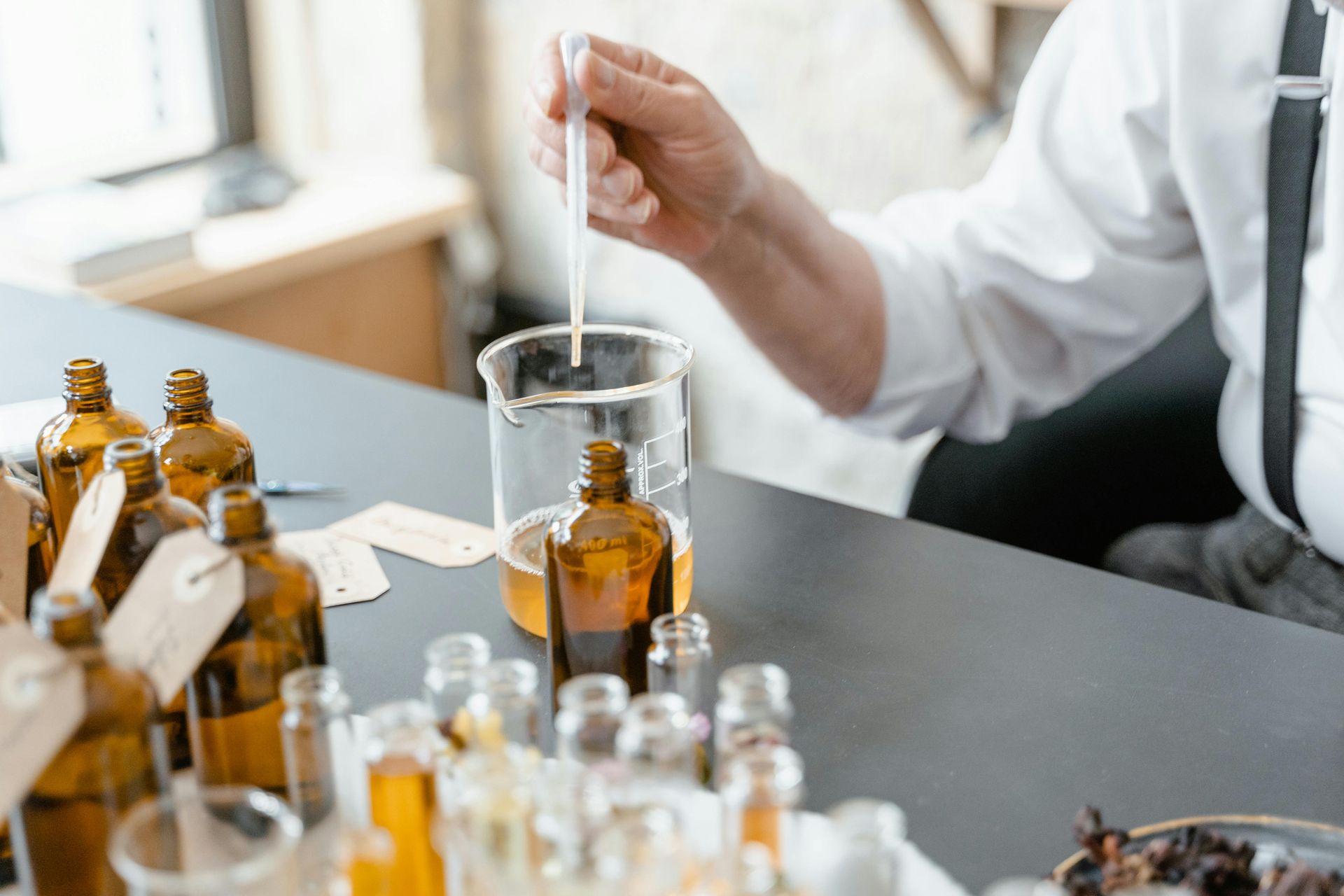
Alcohol Versus Oil-Based Perfume
The question of whether it is better to make perfume with oil or alcohol is an old and very moot argument for which there is no simple answer.
They are horses of another color, so to speak. Alcohol is not susceptible to microbial growth because it creates a harsh environment.
The flip side is that its use on the skin cannot always be tolerated by people with certain sensitivities. Still, it has its advantages.
Fragrances made with alcohol usually have a much more potent sillage, which refers to how the aroma diffuses in the air surrounding the wearer. When used as sprays on clothes, they linger longer and do not stain as oil-based perfumes might.
Alcohol also evaporates quickly, which increases the aura or presence of a fragrance. Still, when it evaporates, it loses potency because it takes fragrance molecules along for the ride.
Long before alcohol became an ingredient in perfumes, essential oils were used extensively in the ancient world. Many users today prefer oil-based because of the harshness of alcohol.
Some studies reveal that oil based fragrances are longer lasting and have a smaller, intimate presence that alcohol cannot capture.Some studies reveal that oil based fragrances are longer lasting and have a smaller, intimate presence that alcohol cannot capture.
One must stand very close to a wearer of such perfume, which can render its own surprises.
It is very important that the new creation you worked so hard on be appreciated by supportive friends and relatives. (If they don’t, do as that old song says; “pick yourself up, dust yourself off and start all over again.”)
Understanding Perfume Clarification
Before you mix your first ingredient, you have to decide what kind of perfume you are seeking to create.
Different types are based on varying strengths of fragrance. Parfum, which is the strongest, contains 20-40% fragrance with Eau de Toilette coming in second with 5-15%.
This class is the backbone of the perfume industry. Eau de Cologne follows with 25% fragrance and Eau Fraiche ends the list at 1-2%.
One must stand very close to a wearer of such perfume, which can render its own surprises.
It is very important that the new creation you worked so hard on be appreciated by supportive friends and relatives. (If they don’t, do as that old song says; “pick yourself up, dust yourself off and start all over again.”)
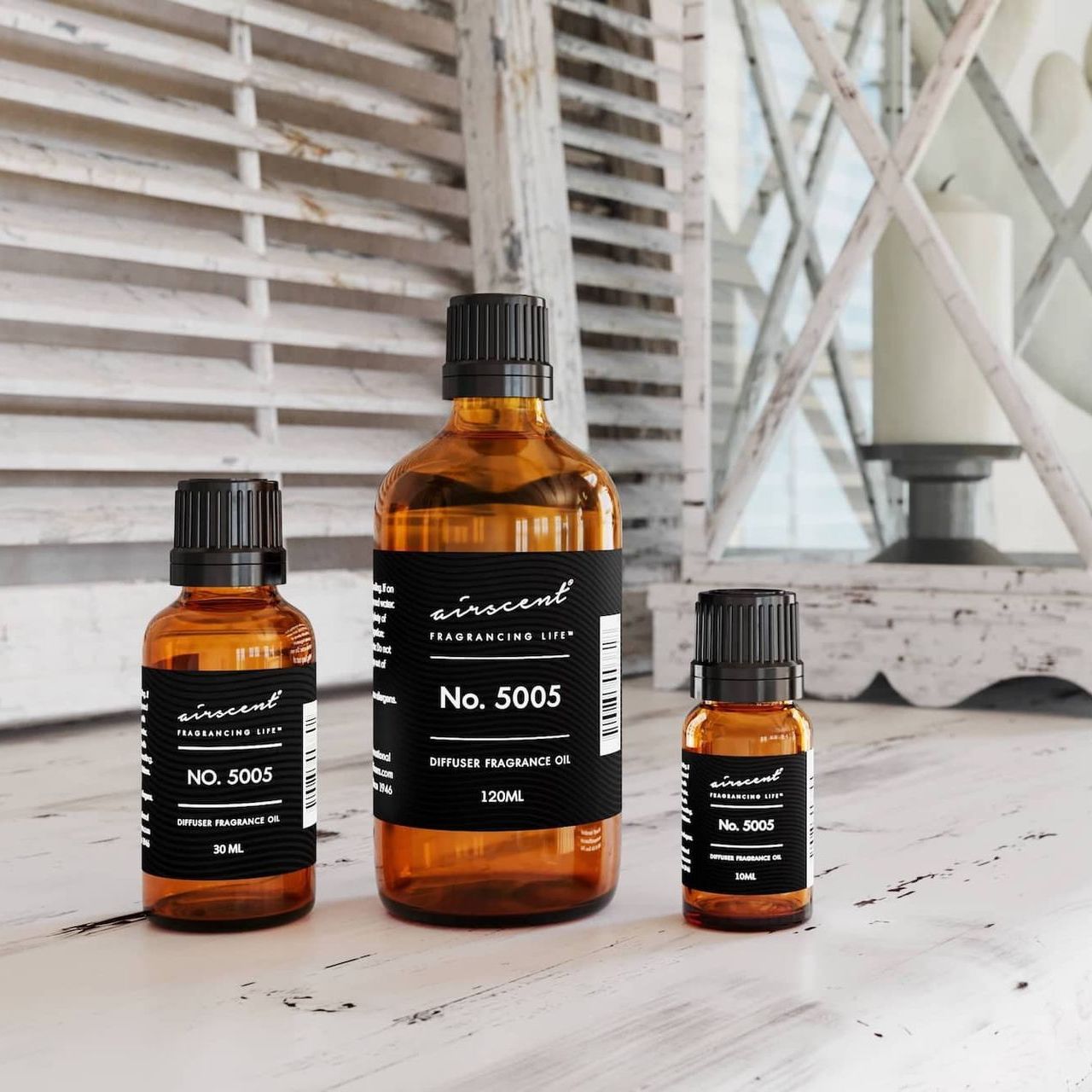
6 Reasons To Consider Our Fragrances For Your Perfume Creations
Here are six key reasons why our oils are trusted by perfume makers, paired with practical tips to elevate your craft.
1. Highly Concentrated for Long Lasting Perfumes
Our fragrance oils are crafted with exceptional potency, delivering rich, multi-layered scents that ensure your DIY perfumes have a long lasting fragrance. Our oils are designed to endure, making them ideal for creating captivating perfumes that will linger beautifully on the skin.
How to Use: Start with a small amount (1-2 grams) of AirScent fragrance oil and dilute it with a carrier like jojoba oil or perfumer’s alcohol (10-20% fragrance oil to 80-90% carrier) to achieve a balanced, enduring scent.
2. Pure, Undiluted Quality from Expert Craftsmanship
As a four-generation fragrance manufacturer based in Pittsburgh, PA, we deliver pure, undiluted fragrance oils straight from their laboratories. Unlike oils sourced through middlemen, our blends retain the perfumer’s original vision, ensuring professional-grade quality for DIY creations.
How to Use: Store AirScent oils in a cool, dark place (like a fridge) to preserve their potency. Measure precisely using a small scale (in grams) to maintain consistency in your blends.
3. Versatile, Multi-Layered Scent Profiles
We offer a diverse range of fragrance oils, from designer-inspired blends to unique aromatic compositions, featuring complex top, heart, and base notes. These rich profiles allow DIY perfumers to craft perfumes with depth and sophistication.
How to Formulate: Begin with simple blends of 2-3 AirScent oils. For example, combine a top note like bergamot, a heart note like lavender, and a base note like sandalwood. Experiment with ratios (e.g., 30% top, 50% heart, 20% base) to create a harmonious scent.
4. Cost-Effective for Small-Batch Crafting
In addition to offering 500 milliliter bottles in our most popular blends, we also provide fragrance oils in bulk for crafters, making them economical for DIY perfumers who want to experiment with multiple blends or scale up for small businesses. This affordability doesn’t compromise the high concentration or quality.
How to Start: Purchase a smaller sample of AirScent oils or split bulk orders with fellow crafters. Use a precise scale to measure small batches (e.g., 5 grams total) to avoid waste while testing formulations.
5. IRFA and RIFM-Compliant for Safe Perfume Making
Our fragrance oils meet IFRA and RIFM (Research Institute for Fragrance Materials) safety standards, ensuring they are safe for perfume crafting when properly diluted. This reliability gives DIY perfumers confidence in creating skin-safe fragrances.
How to Ensure Safety: Dilute AirScent oils with a carrier (e.g., 10-15% fragrance oil in perfumer’s alcohol) and perform a patch test on skin to check for sensitivities before full application.
6. Inspires Creative and Unique Perfume Designs
Our premium fragrance oils, with their intricate note structures, inspire DIY perfumers to explore endless creative possibilities. Whether crafting a floral, woody, or musky scent, these oils provide a foundation for unique, memorable perfumes.
How to Create: Write a fragrance brief to define your scent’s mood (e.g., light and floral or deep and sensual). Select 3-5 AirScent oils to match, limiting ingredients to focus on their impact. Tweak ratios and test on scent strips to refine your blend.
A Few Practical Tips for Using AirScent Fragrance Oils
- Invest in a Small Scale: Measure AirScent oils in grams for accuracy, as drops are unreliable for consistent results.
- Start Simple: Combine 2-3 AirScent oils within the same scent family (e.g., citrus or woody) to learn how they interact. Adjust ratios to balance top, heart, and base notes.
- Evaluate and Revise: Test your blend on scent strips after aging. Keep notes on what works and tweak by adding or reducing oils until you’re satisfied.
- Sterilize and Filter: Use sterilized glass bottles (e.g., amber spray or roller bottles) for storage. Transfer blends through a coffee filter to remove impurities.
- Research and Learn: Explore AirScent’s perfumer’s guide or online resources (e.g., YouTube tutorials) to deepen your understanding of blending with their oils.
In Conclusion
Crafting your own perfume is a rewarding and fun journey.
Our highly concentrated, expertly crafted blends empower DIY perfumers to create stunning, long lasting fragrances that stand out.
Start your olfactory adventure today and discover the magic of AirScent’s premium oils.
Recent Posts
Our Most Beloved Fragrance Oils
Westin Hotel Scent
White tea, aloe vera, ginger, cedar wood, vanilla, amber, sandalwood & musk.
My Way 1 Hotel
Sandalwood, Jasmine, Vanilla, Musk & Virginia Cedar.
Baccarat Hotel Love Affair
A warm woody aromatic blend of sandalwood, papyrus and musk.


